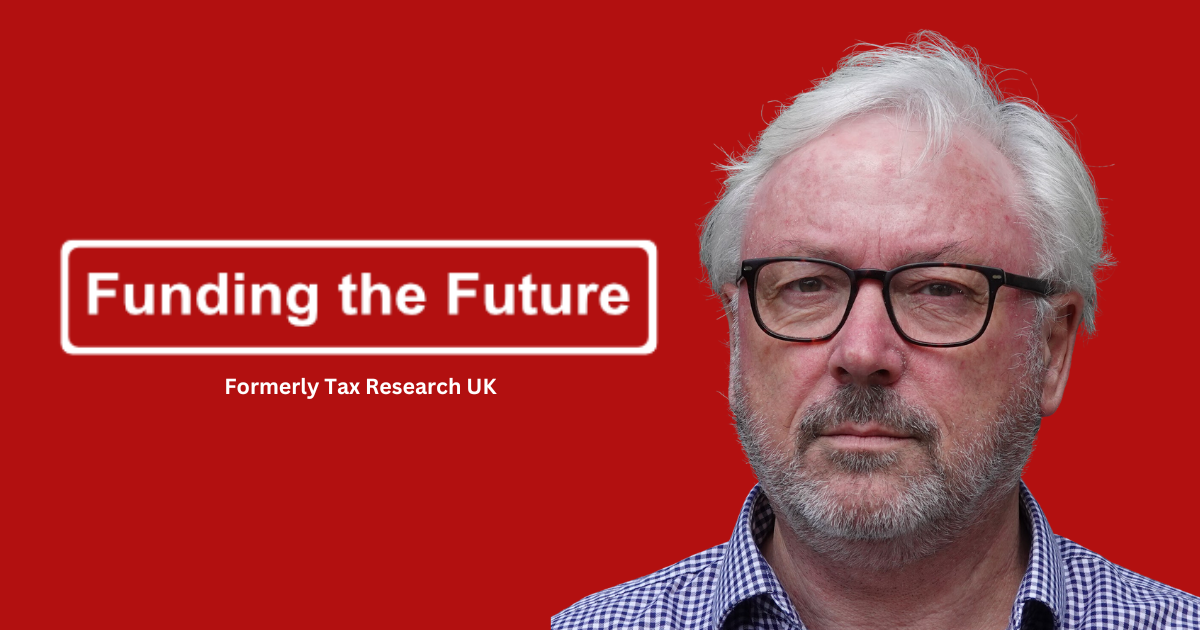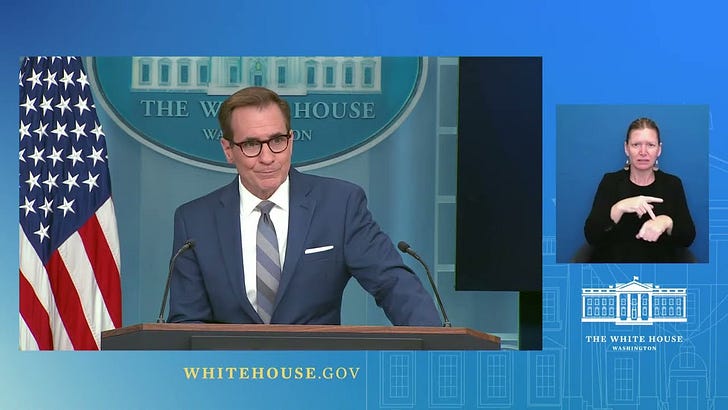Where Transition Finance Needs To Go
Via the Transition Finance Markets Review (TFMR), the UK Government is the latest political entity to commission a review into the growing transition finance sector, exploring how best to establish itself as a global hub for transition finance. To avoid the misallocation of finance, reputational damage and accusations of greenwashing, the Review should implement guardrails on transition finance to:Ensure “additionality”, e.g. Companies could end up effectively using this (cheaper) finance for “dirty”/non-transition activities,Make transition finance standards binding,Clearly distinguish between companies that are exiting from fossil fuel production, from those companies still dependent on their use, where transition finance is needed to replace old combustion related technologies or processes with, typically, electrification,Distinguish between ‘green finance’ and ‘transition finance’ as companies receiving transition finance won’t necessarily deploy this money to develop green assets, which would encourage market participants to financing both transitioning companies and pure-play green companies separately. Over time, an international approach to transition finance and alignment will be fundamental, building upon the COP28 focus on transition finance to unlock capital and align with commitments set out in the Paris Agreement. ————————————————-[1] RMI, Defining Transition Finance: Exploring Its Purpose, Scope, and Credibility, https://rmi.org/defining-transition-finance-exploring-its-purpose-scope-and-credibility/[2] OECD, Guidance on Transition Finance: Ensuring Credibility of Corporate Climate Transition Plans, https://www.oecd-ilibrary.org/sites/b0d62d2b-en/index.html?itemId=/content/component/b0d62d2b-en[3] LSE Grantham Institute, What does Article 2.1c of the Paris Agreement mean for central banks?
Source: The Guardian June 18, 2024 10:18 UTC







